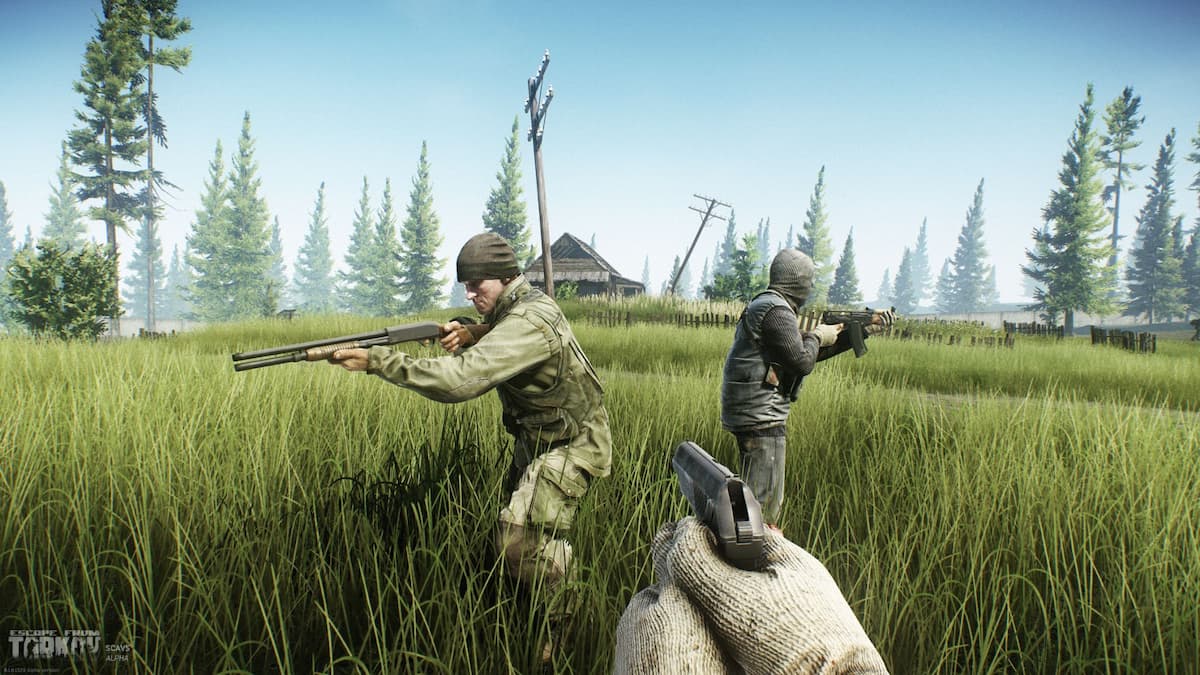
After years spent exploring large, three-dimensional worlds with its flagship Assassin’s Creed games, Ubisoft decided to try something different in the hopes that it would be able to expand the series’ console and PC fan base into new territory. Thus began the Assassin’s Creed Chronicles project, a three game venture that was placed into the developmental hands of Climax Studios.
Fast forward to the present, and we’ve just received the first of the three planned episodes: Assassin’s Creed Chronicles: China. Available for a meagre $10 price tag, it offers both fans and newcomers an affordable way to experience a new take on the stealth-focused franchise. On top of that, the downloadable title is free for anyone who purchased Assassin’s Creed: Unity‘s season pass before it was pulled from marketplaces.
China – which will be followed by games set in both India and Russia – continues the tale of Shao Jun, who was mentored by Ezio Auditore in the animated short, Assassin’s Creed: Embers. It catches up with her in the year 1526 and follows along as she tries to overthrow a group with ties to the Templars themselves. As she sees it, assassinating their leaders and putting an end to their rule will not only make for a much better and more prosperous China, but one in which the Assassins can thrive.

Jun’s campaign spans the course of several years, and is told via twelve different stages, all of which are scored. You’ll want to take note of that, too, because it’s important to try to get the best metallic (bronze, silver or gold) rewards for each section. There are three different tiers, including stealth (ghosting past enemies) and brawler (combat), though the best scores are reserved for those who avoid swordplay whenever possible.
Following the conclusion of each stage, your score will be compared to the level’s best possible tally, with certain reward plateaus listed. For example, getting 450 points may net you extra ammunition for weapons we’ll talk about later, whereas earning 720 will gift you with an extra health slot to add to your limited bar.
Each of the levels is designed in grid-like, 2.5D fashion, meaning that you’ll be working your way from left to right and also in and out of the backgrounds. It’s a neat way of doing things, and the environments almost always look very nice thanks to a painted aesthetic. Repetition does mar that factor, though, because the game tends to feature the same types of buildings over and over again.

If you think back to platform games like the original Castlevania and Bionic Commando on the NES, then you’ll have a good idea of what I’m talking about, because Assassin’s Creed Chronicles: China is a very platform-heavy experience. Of course, those titles weren’t able to go into the 2.5D depth that this one does, but that’s okay. Most of your time will be spent climbing upwards, sideways and downwards, in order to get into and out of different buildings or reach higher platforms. A grappling hook (which can be used to quickly swing from one place to another, kill enemies from below or reach accessible roof rungs) will aid you in these efforts, and will quickly become an important ally.
As you progress through the several hour-long campaign, you’ll have to make good use of Jun’s stealth and combat tactics. Both can be challenging to perfect, but there are plenty of areas to hide in or climb around, as well as hiding spots like doorways and large plants. Enemies can be killed from within a hiding spot, and their bodies are automatically pulled in with you. Of course, you can also grab slain enemies and hide their corpses in such areas, or in boxes littered around each level.

Combat, on the other hand, is rather basic. You have one sword and that’s all, though there are two different types of attacks to master. First is the basic slash, which is complemented by heavy attacks that are required to put an enemy out of his misery. Other sword-equipped tactics can be utilized while outside of melee combat, though, including slide assassinations and visceral, one-hit stealth kills on unsuspecting foes. Additionally, a new phase kill ability also becomes available once you’ve beaten the game.
As the stages become more complex, via more challenging guard varieties and environmental hazards like dogs, bird cages and wind chimes, your four special abilities will become quite vital. What I’m referring to are three limited use items (distracting noise darts, throwing darts that can cut ropes and enemy stunning firecrackers), as well as Jun’s standard alert call. Ammo isn’t uncommon, though, so unless you use them all the time, there’s no need to fear running out of ammo and not having it when it’s needed most. In fact, the game usually gives you hints towards what to use, by placing specific ammo crates in different locations.
Not all of Assassin’s Creed Chronicles: China‘s levels require the same tactics, but most do and repetition sets in quickly. Thankfully, there are a few different instances where you’ll be focused on running away from danger (usually fire that is about to engulf your location), as opposed to moving towards it. These stages feature limited amounts of enemies and simply task you with running and climbing as quickly as possible, in order to get through each encountered environment, be it a port, a building or a platform. And, truth be told, they were the most enjoyable parts of an otherwise mediocre and somewhat dull game.

While Chronicles: China translates its source material from open-world action-adventure gaming to 2.5D stealth-platforming rather well, it doesn’t present very enjoyable gameplay. It’s slow, methodical and often outright boring, not to mention occasionally cheap. As a result, I quite often found myself wishing that it would go by quicker than it was.
Thankfully, things got better as I neared the end of the campaign, although the second last boss fight was pretty awful. Granted, that didn’t change my mind about this being a game I’d only ever play through once, because that was more than enough.
Still, given that Assassin’s Creed Chronicles: China is only $9.99, it’s hard to be too down on it. Sure, it’s repetitive and somewhat dull, presenting a story that is both linear and forgettable, but it’s not a bad game. On the other hand, it’s not a particularly good or interesting game, either, and will likely only appeal to hardcore fans of 2.5D stealth-platforming. It’s a shame, too, because there was a lot of potential there and the developers obviously put a lot of work into creating a beautiful world and filling it with impressive orchestral music.
This review is based on the Xbox One version of the game, which we were provided with.






